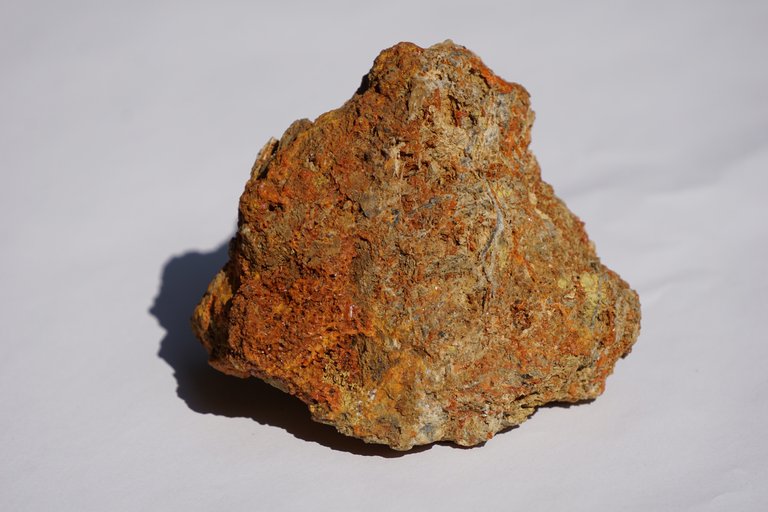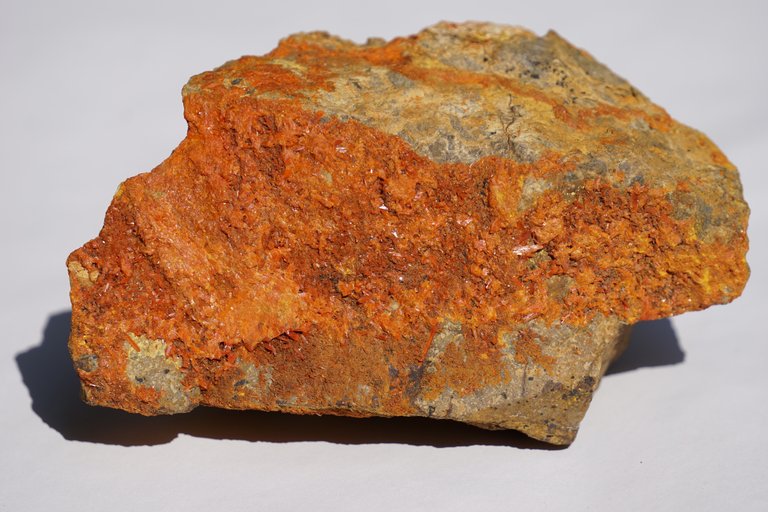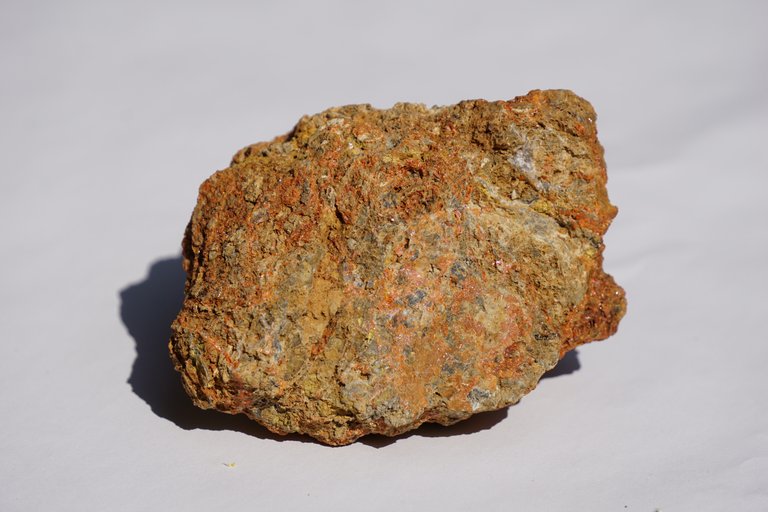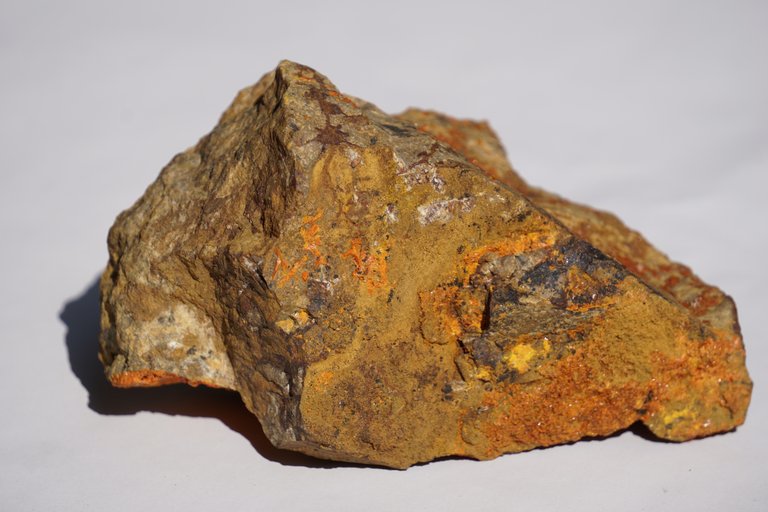Good day dear Hive community, as always I hope you are all well and have an exciting day! In my new post, I would like to take the opportunity to introduce you to a new mineral and hope you can learn something new.
The mineral that can be seen here is called Crocoite and it is especially interesting for the extraction of chromium and lead. It belongs to the mineral class of sulphates, chromate and molybdate and is a rather rare mineral and the name derives from the Greek word krokos, which means saffron and is associated with the color, which looks very similar and the color is generally mostly orange, yellow or red.
It was named after the French geologist François Sulpice Beudant (1787 to 1850). In the past, it was also used as a pigment to produce colors, which is no longer the case today and one of the best-known found locations is probably the Adelaide mine on the island of Tasmania. For the degradation of chromium and lead, it is no longer often degraded due to the rarity and the processing is not easy and very sensitive due to the hardness and is therefore not often used for the production of jewellery.
Very important is to mention that you have to be very careful with the application and handling in general, as this mineral is also considered toxic and the dust should not be inhaled, as it can even be carcinogenic. Even if the mineral is toxic it can also be used as a healing stone and can improve creativity and general vitality, but here of course, you have to pay attention to the correct application. As always, you should ask your doctor about the right medicine, dosage and side effects!
Thanks for stopping by and I hope you like my new post! I used my camera Sony Alpha 6000 and Sony SEL-55210 Telephoto Zoom Lens (55-210mm) to take these pictures.




Its appearance is not so much attractive especially its color. It may not be able to mold in jewelry due to its hardness.
I’m glad to hear your feedback. In crystalline form, it certainly looks more interesting.
Thanks for your contribution to the STEMsocial community. Feel free to join us on discord to get to know the rest of us!
Please consider delegating to the @stemsocial account (85% of the curation rewards are returned).
You may also include @stemsocial as a beneficiary of the rewards of this post to get a stronger support.
Thanks for the support :)
Looks like a unique piece of rock.
Glad to hear your opinion
#hive #posh
Many thanks
Your posts about these minerals really have great source of scientific information. Is there any specific community for such valuable posts? Or you can start a new community for it. This is not just related to photography, a very rare information you have shared with us.
Thanks for your feedback and glad you made this suggestion. :) I’m not sure if there is already a community on the topic. That’s true, minerals are a rare topic, which makes it even more interesting to learn more about it.
I love to see this type of unique things. This mineral looks so impressive. Thanks for sharing.
Happy to have found a like-minded person who is also interested in minerals. I look forward to reading your comments and wish you a nice day, stay well!